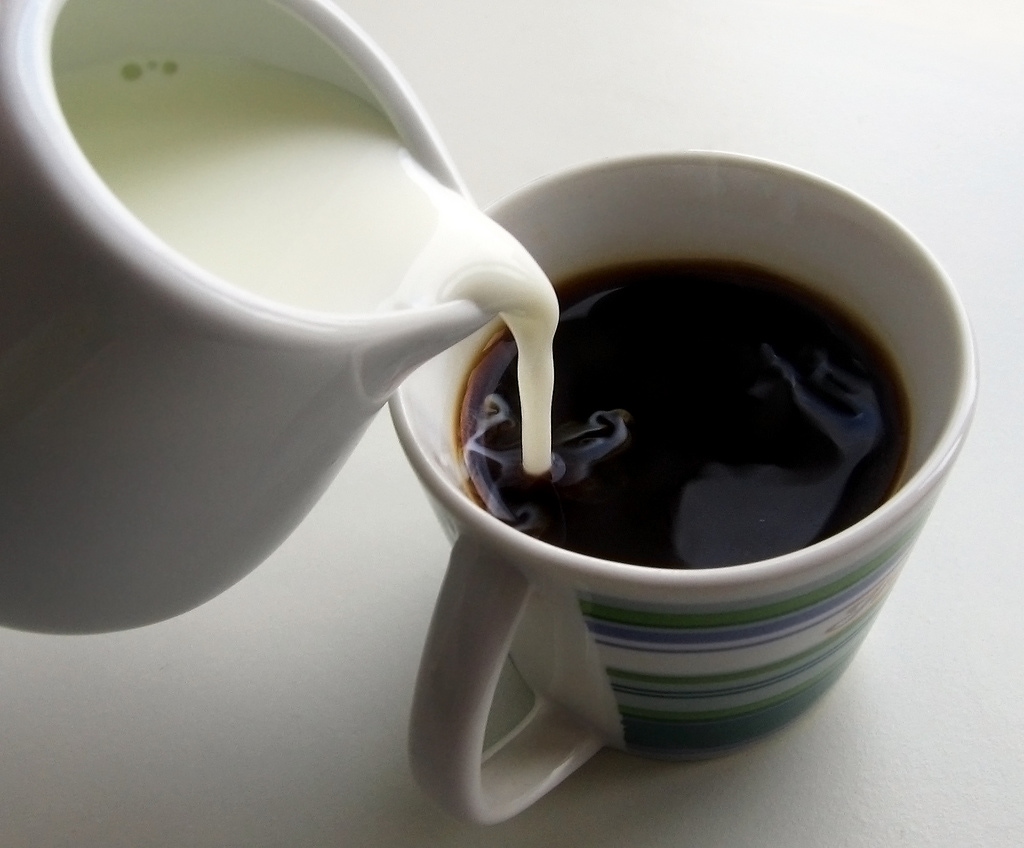
We at Urnex are here to definitively tell you that the taste and temperature of your coffee are very much in your full control!
One of the most important factors that contribute to making the best tasting coffee is the cleanliness of your brewer. It’s a simple and obvious concept, but many of us don’t even think about it. How would that refreshing glass of lemonade taste on a hot summer day if the ice in it came from a dirty machine? How would your favorite wine taste if it was aged in a filthy barrel? The same is true for coffee. Whether you own a drip coffee maker or a K-Cup® brewer, the message is simple and clear: thoroughly clean your machine for better tasting coffee.
Why Do Coffee Makers Get Dirty?
Two essential ingredients go into brewing a cup of coffee: the coffee itself and water. Both of these substances can cause dirt and residue to build up inside coffee equipment, affecting taste and temperature.
Water
All water sources contain a certain level of minerals in them; some more than others (areas containing water sources with high levels of mineral content are called “hard water” areas). The more minerals that are present in the water, the greater the chance they will accumulate on the heating elements of the coffee machine, causing limescale to build up. Limescale prevents your machine from reaching optimal temperature, which will also make it difficult to extract the full flavor from your coffee beans or grinds.
Coffee
Coffee is delicious, but is naturally a very oily substance. Whether in the form of beans or grinds, any parts of your machine that are exposed to coffee will be exposed to these oils and subject to accumulation and buildup. This buildup will form a rancid residue that will affect the smell and taste of your coffee.
Cleaning a Coffee Maker Properly
The process of removing limescale from the heating elements of your brewer is called descaling. The process of removing the oily buildup from your coffee maker is called cleaning. In order to ensure that you are consistently brewing the best tasting coffee possible, you must both descale and clean your machine regularly.
Many bloggers out there advise people to use vinegar to clean their coffee makers. While vinegar is ok at removing limescale from coffee machines, it does NOT remove any oils; thereby doing only half the job needed…. not to mention stinking up the house in the process. Click here for more information on vinegar’s challenges as a coffee cleaning solution.
The most effective and convenient way to both descale and clean your machine is to use specialty cleaning solutions specifically designed to clean coffee equipment. We recommend using the Urnex® CleanCup™ cleaning and descaling kit for automatic drip coffee makers and K-Cup® single cup brewers.
Easy to use and effective, these solutions will ensure you are consistently drinking the best tasting coffee and getting the most from your roast.

